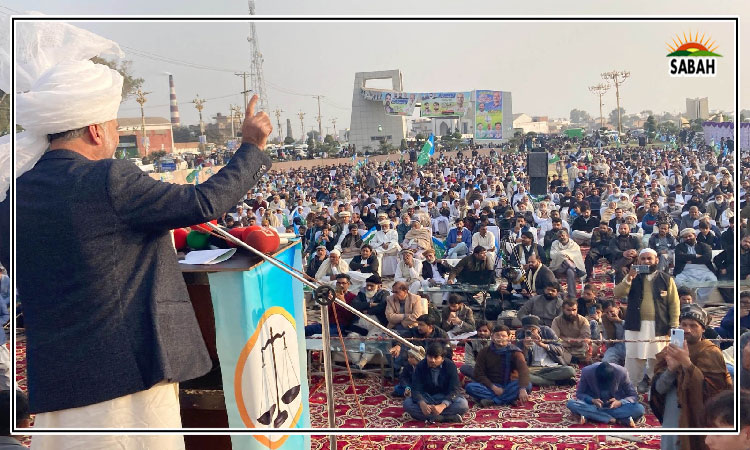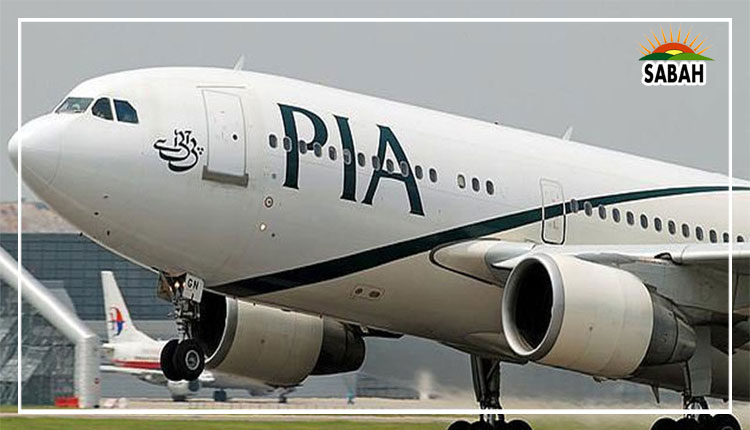Dollar, rupee and Gresham’s law…..Shahid Mehmood
IN 1558, when Elizabeth I ascended the throne of England, a plethora of challenging circumstances confronted her. Not least was the low demand for English coinage (there was no paper-based money back then). English residents appeared to be fonder of other European currencies. Put another way, demand for English money was low.
But even more puzzling was the observation that the non-English European coinage was getting difficult to find. Perplexed by this, the queen wrote a letter to Sir Thomas Gresham, an experienced financier. In his reply, Gresham put forth a simple proposition good and bad money cannot circulate together. Additionally, he stated that bad money would drive out the good money.
Greshams observation came to be known as Greshams law. But he was not the first one to observe this phenomenon. It had been known since the Greek times. From time to time, some observer would notice this particular relation playing out. For example, Ibn Taimiyyah (1263-1328) noticed the same. (Interestingly, he also alluded to the outflow of good money to offshore destinations, analogous to the wealth flowing to offshore havens in our times!)
What reminded me of Greshams law is our current predicament, especially the difficulty in finding dollars. Back in January, when I forewarned against the possibility of a crisis (An economic collapse?), one of my main assertions was that we travel in circles as far as our economic management is concerned.
There is a short spike in output for a short time and then the symptoms of the underlying malice start appearing. Dollar shortages are one indication of coming full circle.
It does not take an Einstein to figure out whose currency would be more in demand.
As we approach the end of yet another year, the perennial circle has struck once again. Dollars are short, imports are being discouraged, GDP growth is receding, and of course, our policymakers are on whirlwind tours to Beijing, Washington and Riyadh to arrange for much-needed dollars to avoid a default. The begging bowl is out again. Sounds familiar, doesnt it? Except, as I argued in my article, even the creditors are now getting exasperated.
Of course, there is the familiar set of administrative measures: raids on money exchangers, news of large catches of dollars being caught on the Pak-Afghan border, etc, all in the misplaced belief that these would help in coughing up the needed dollars to take care of our fundamental economic ills.
But at the heart of the problem lies the nature of money and how its value is determined, things that have little to do with greed, corruption or smuggling, issues that are merely sidekicks.
Back to Greshams letter to Elizabeth. He traced the problem to her father Henry VIIIs time, when coins were debased. Coins contained a certain amount of a metal that gave it not only its intrinsic value but also its purchasing power. Thus, unsurprisingly, coins containing gold have historically remained the most sought after.
How does one debase coins? By lessening its metal content. Less content implied lesser value. Why did rulers resort to debasing their coins? Briefly, they could set aside more metal content hard to come by in those days of manual mining to increase money supply and cater to various financing requirements, eg wars, fiscal expenses, etc.
Henry VIII did exactly that. Historically, there was never any official pronouncement of lesser metal content. Yet people, specifically metal traders and money exchangers, were quick to catch this attempted cheating.
With time, coins with the right metal content would disappear from circulation, as people resorted to hoarding them, while those with less content, and less value, would be readily available, yet low in demand. Probably, the most apt description would be the peoples loss of confidence in their own government and its money.
In our times, paper currency (fiat money) is the commonly used form of money. Since there is no metal content, the value of this piece of paper is based on government decree.
A currencys worth, then, is inherently tied to the standing of a country, both at the domestic and international level. Now compare the standing of the US and Pakistan.
At one end is a country with the worlds largest economy, a reliable governance framework, credible institutions and the trust of the entire world in its financial instruments. At the other end is Pakistan, whose international repute, governance and credibility are in tatters. Reko Diq is a minor reflection of the overall malaise.
It does not take an Einstein, then, to figure out whose currency would be more in demand.
What makes the dollar a good currency? In our debate, a particular property of money, store of value, is of importance (the other two are unit of account and medium of exchange). A currency that can retain its value compared to competitors will always find favour, and the dollar easily fits the bill.
It is also highly liquid and globally accepted, attractive attributes in a world where trade is based on the dollar. In short, it is a valuable, highly sought-after asset that has kept its purchasing power pretty much intact ie, theres been relatively little debasement. Importantly, there are no forced interventions to keep it stable.
Unlike the dollar, the rupee has been debased considerably by high inflation and other factors, like continuous uncertainty. Pakistans penchant for running the printing press while aggregate productivity is low fuels inflationary pressures as I wrote last year in Pakistans inflation puzzle that makes it currency less valuable.
Put another way, it does not serve as a good store of value, something that can explain why cars or gold are also much sought-after assets here. Outside Pakistan, there is relatively little or no demand for it.
So the real issue lies not in hoarding or smuggling but in credibility, financial standing and economic management. The real question is not why the dollar is being hoarded and difficult to find, but why the rupee does not find favour with even the countrys own residents? Thomas Gresham and others before him grasped the answer, but our economic managers somehow find it hard to grasp.
The writer is an economist and host of Caf Iqtisaad (YouTube). He is a research fellow at PIDE. The views expressed here are his own.
shahid.mohmand@gmail.com
Twitter:@ShahidMohmand79
Courtesy Dawn












